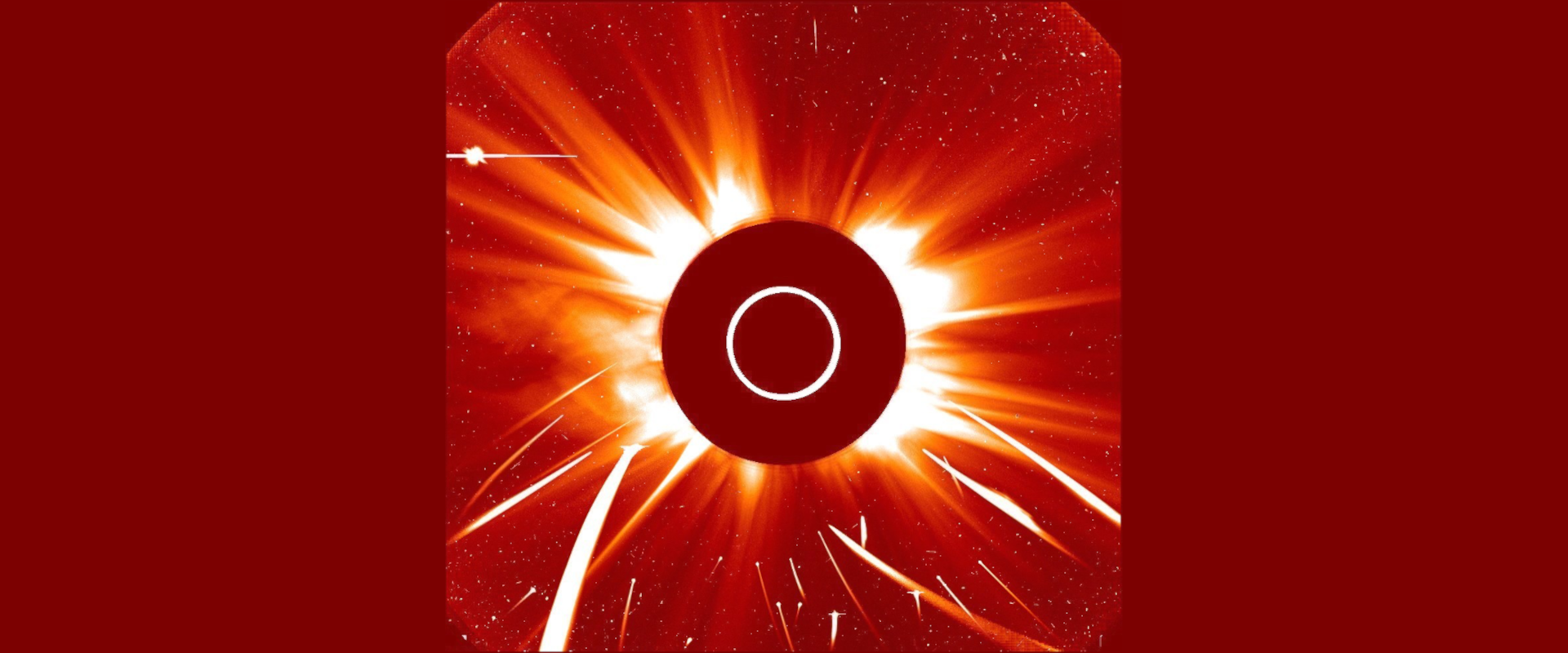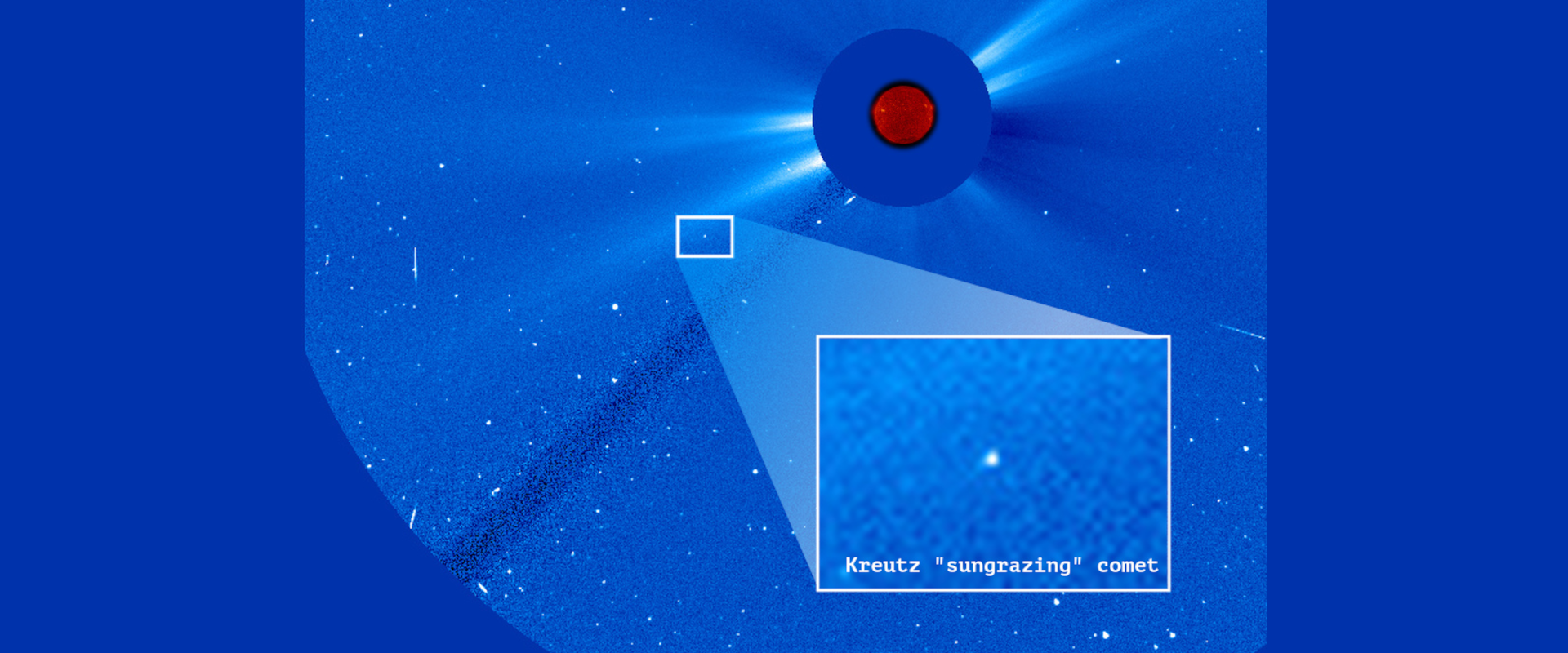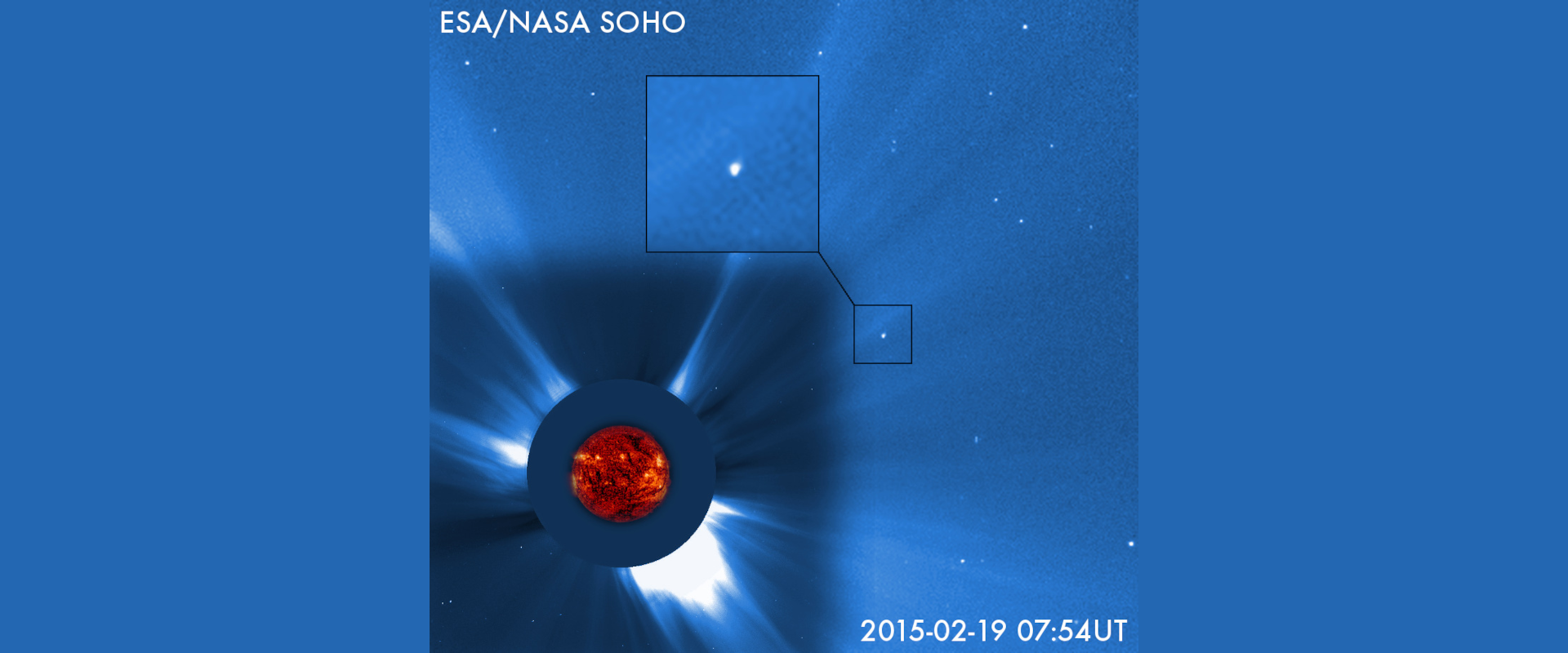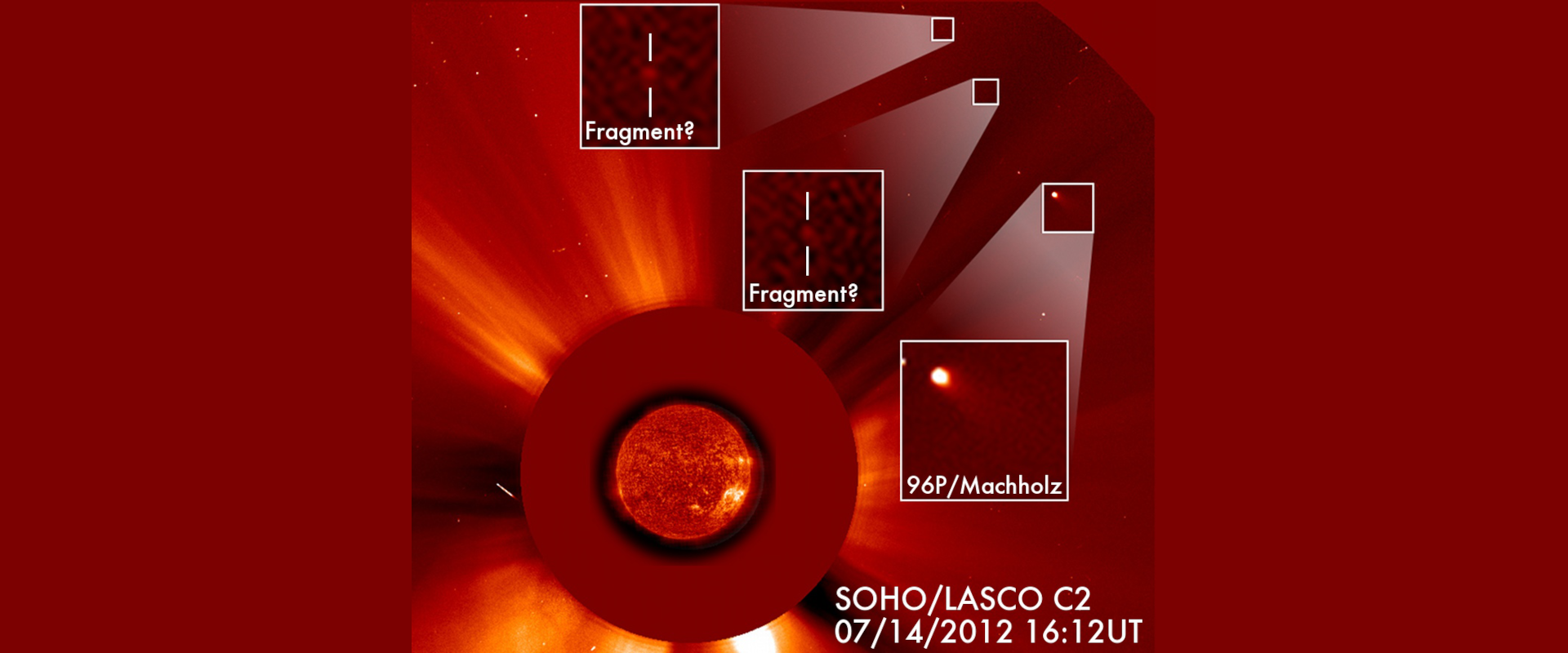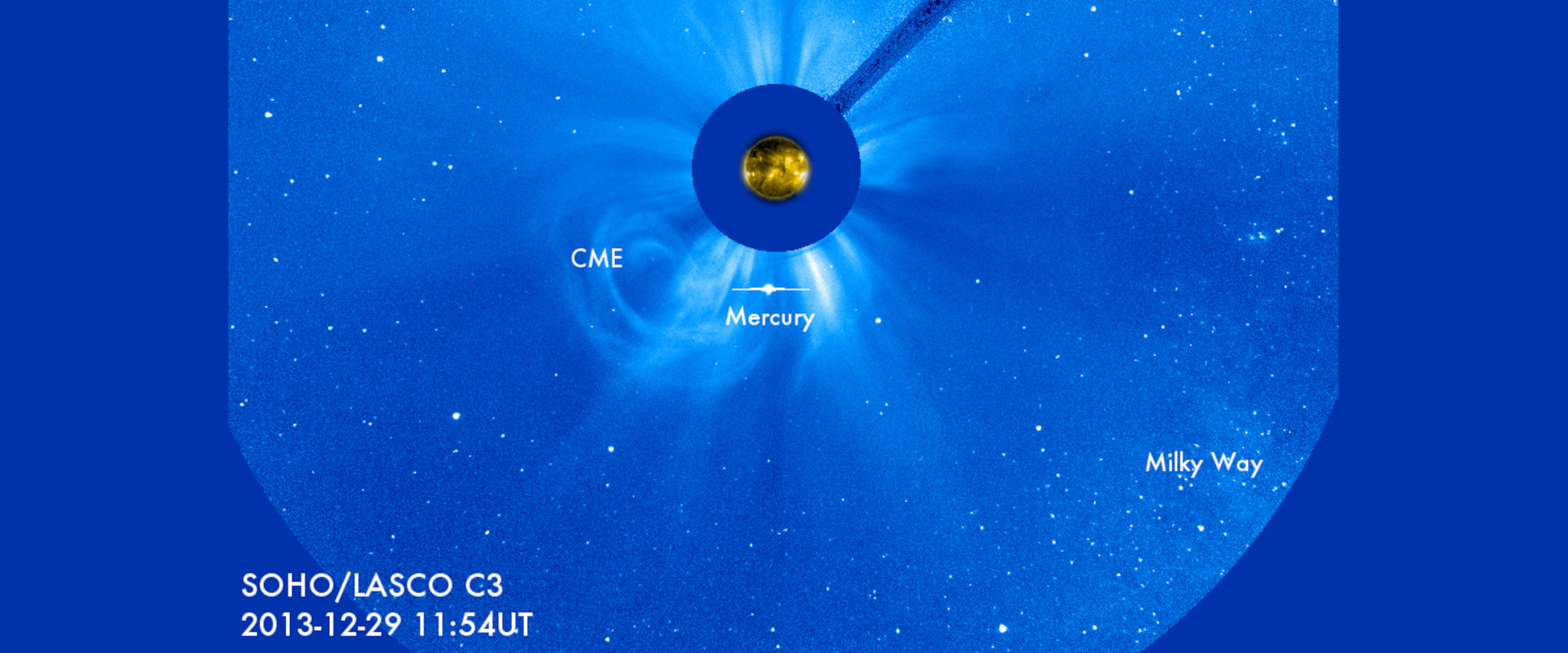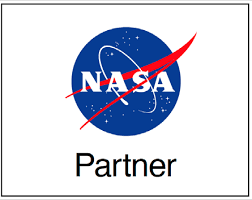Welcome to the "Sungrazer" citizen science Project comet program, based in the Solar Physics Department of the U.S. Naval Research Laboratory, Washington D.C.
The Sungrazer Project is a NASA-funded program than enables the discovery and reporting of previously unknown comets in the ESA/NASA SOHO and NASA STEREO satellite instrument fields of view. Anyone, anywhere in the world can become a "Comet Hunter", and immediately begin looking for new comets in the spacecraft data. The Sungrazer Project provides this website to enable the reporting of these comets, and subsequently allows the project team to perform necessary measurements and data reduction to ultimately turn the comet reports into officially designated comets.
On this website you can view and submit reports of suspected comets visible in SOHO/LASCO satellite images. You will find information on past comets found by both instruments and from other spaceborne and ground-based instruments. There is also a wealth of information here designed to help newcomers discover their first SOHO or STEREO comet! In addition, pictures and educational resources that can be used both in the classroom and at home are shown throughout the site.
SOHO is the most successful comet discoverer in history, having found well over four thousand comets since the satellite launched in 1995! What's even more impressive is that the majority of these comets have been found by amateur astronomers and enthusiasts from all over the world, scouring the images for a likely comet candidate from the comfort of their own home. Absolutely anyone can join this project -- all you need is an internet connection and plenty of free time! (See the FAQs for more information.)
STEREO is a pair of near-identical satellites designed to monitor the Sun from very different viewpoints in the solar system. The imaging instruments on STEREO (known as the SECCHI suite) are of similar design to the LASCO instruments on SOHO, meaning that we see many comets in the SECCHI data. Due to a longer data processing time for SECCHI, most near-Sun comets are discovered first in LASCO images, but an increasing number of objects are now being found in SECCHI data.

